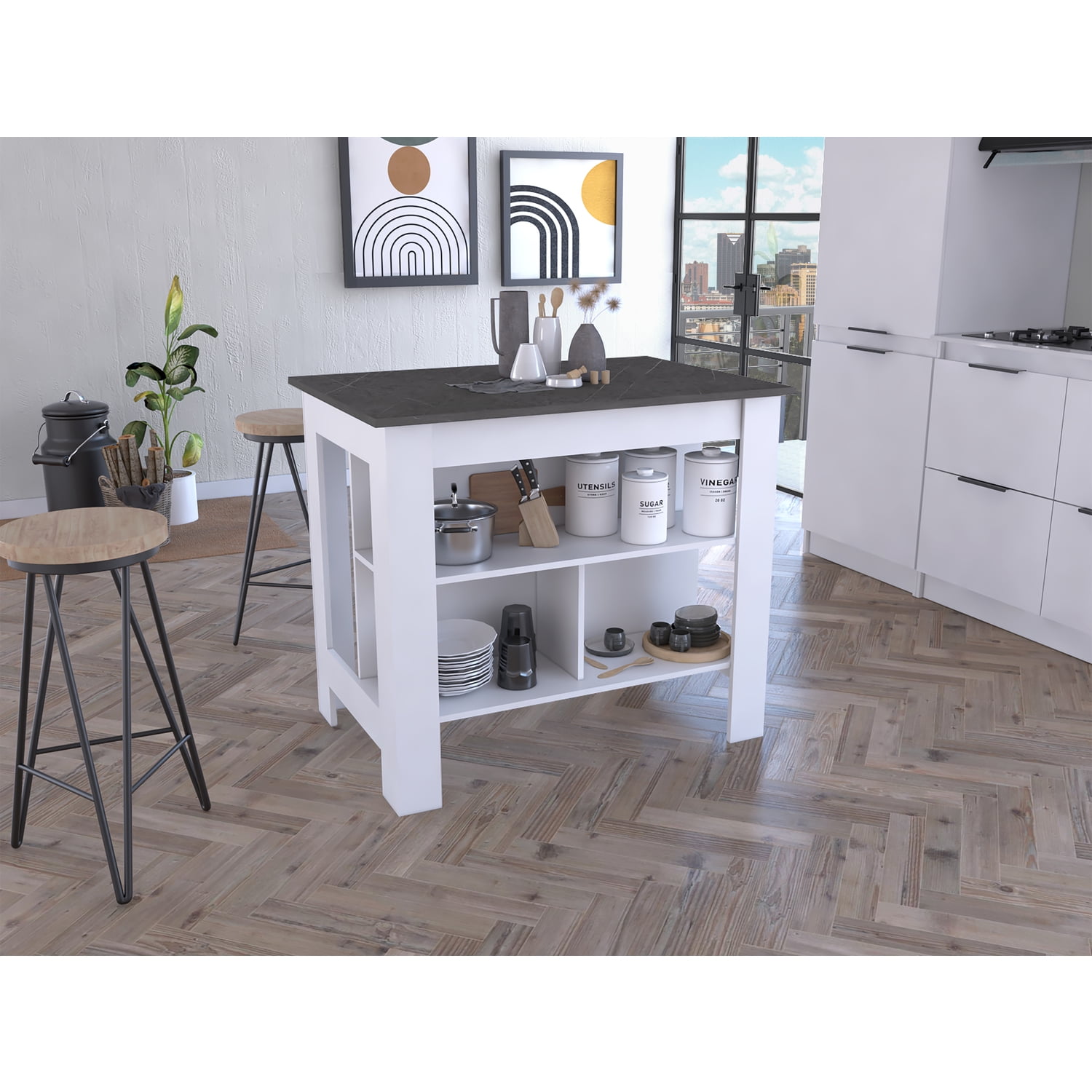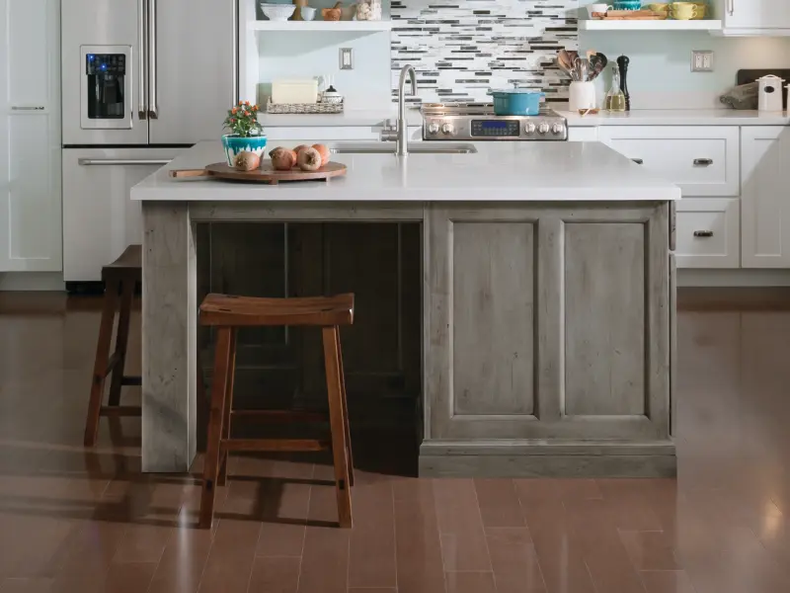Vital Aspects to Take Into Consideration When Picking Legs For Cooking Area Island
Selecting the proper legs for a cooking area island includes a careful analysis of multiple variables that can substantially affect both capability and visual charm. Among these, the selection of material plays a pivotal duty in making sure toughness, while the style should enhance the existing design. Factors to consider such as height and weight assistance are important for security and comfort. As we check out these elements, it ends up being clear that each choice can have far-reaching ramifications for the overall kitchen area experience. What subtleties should be thought about in each of these groups to achieve the ideal equilibrium?
Product Options
When selecting legs for a kitchen area island, comprehending the numerous product options is crucial for accomplishing both aesthetic charm and architectural honesty (Legs For Kitchen Island). The choice of material substantially affects not only the toughness of the island yet additionally its overall design and functionality
Steel legs, typically made from stainless steel or wrought iron, contribute a commercial and modern feeling while ensuring toughness and security. These materials are immune to use and can sustain considerable weight, making them optimal for bigger islands.
One more alternative is engineered materials, like MDF or plywood, which can be much more cost-efficient while still using a series of finishes. However, they might not supply the exact same level of security as solid timber or steel. Last but not least, products such as acrylic or glass can produce a contemporary look, though they may call for extra support to make certain security.
Inevitably, the selection of product for kitchen island legs need to line up with the wanted performance and the total motif of the kitchen area.
Design And Style

When thinking about design, the shape and surface of the legs are vital. Tapered legs can offer a sense of lightness and elegance, while thicker, extra durable legs can communicate stamina and stability. Additionally, the finish-- be it painted, tarnished, or all-natural-- must match the cabinetry and kitchen counter products to produce a unified look.
Moreover, the design of the legs can additionally show personal taste. Personalized or attractive legs, such as those featuring intricate makings or one-of-a-kind geometric shapes, can work as centerpieces, including character and individuality to the kitchen area. Ultimately, the right selection will not just improve performance but additionally boost the visual charm, making the kitchen island a standout attribute of the home.
Height Factors To Consider
Picking the appropriate elevation for cooking area island legs is important, as it straight impacts both performance and convenience. The standard height for a kitchen area island typically ranges from 36 to 42 inches, lining up with usual countertop heights.

It is additionally vital to account for customers' preferences and elevations. Personalizing the height can make certain a comfortable experience for all household members, making the cooking area island a much more useful and satisfying space.
Weight Support
Ensuring appropriate weight support for kitchen island legs is essential for both security and capability. The kitchen island typically offers several objectives, including cooking, eating, and additional storage space, necessitating a robust assistance framework. When picking legs, it is important to take into consideration the overall weight capability called for based on the island's meant usage and the products that will be put on it.
The option of material for the legs plays a substantial role in their weight-bearing capabilities. Strong timber, steel, and sturdy compounds usually supply premium strength contrasted to lighter materials. In addition, the style of the legs-- whether they are straight, tapered, or have a pedestal type-- can affect their ability to distribute weight properly across the structure.
Furthermore, the leg placement must be purposefully prepared to boost stability. Legs placed at the corners or with a bigger base can better support heavier loads. Always consult the producer's requirements regarding tons limitations to make certain that the legs discover this info here can maintain the desired weight without compromising safety and security. In recap, selecting kitchen area island legs with click this site sufficient weight support is important for creating a practical and secure cooking room.
Installation and Maintenance
Appropriate installation and maintenance of cooking area island legs are crucial for ensuring durability and security. This frequently entails securing the legs to the island base utilizing appropriate fasteners, making certain that the legs are level and lined up.
As soon as installed, routine upkeep is necessary to protect the honesty and appearance of the legs - Legs For Kitchen Island. For wooden legs, routine cleaning with a damp fabric and application of ideal timber polish can avoid dampness damage and maintain their surface. Steel legs might require a gentle cleansing remedy to remove grease and gunk, complied with by a completely dry cloth to avoid corrosion development
Additionally, examine the legs on a regular basis for indicators of wear or damage, such as cracks or loose joints. Tightening up screws or screws as required can additionally extend the life expectancy of the legs. By sticking to these setup and maintenance methods, property owners can guarantee that their kitchen area island stays durable and visually appealing for years to come.
Verdict

Visual comprehensibility is paramount in selecting the style and style of legs for a kitchen area island, as these elements substantially affect the overall atmosphere of the area. Tapered legs can supply a feeling of agility and elegance, while thicker, much more durable legs can share toughness and security.Picking the ideal elevation for cooking area island legs is crucial, as it straight influences both capability and discover here convenience. In recap, choosing cooking area island legs with ample weight support is essential for producing a functional and safe cooking area.
In conclusion, selecting legs for a cooking area island necessitates careful consideration of different variables, consisting of material choices, style, height, weight assistance, and installation.